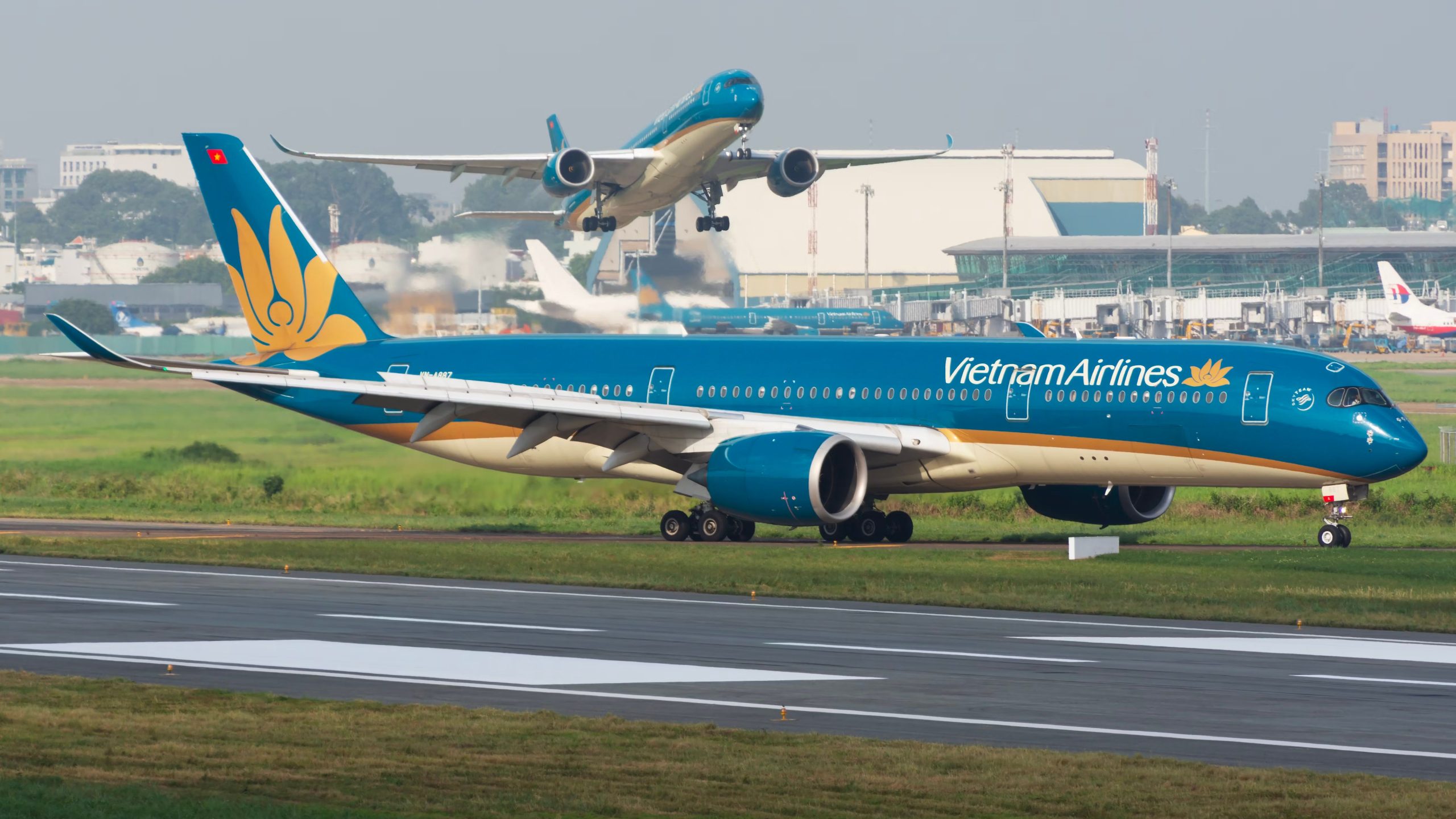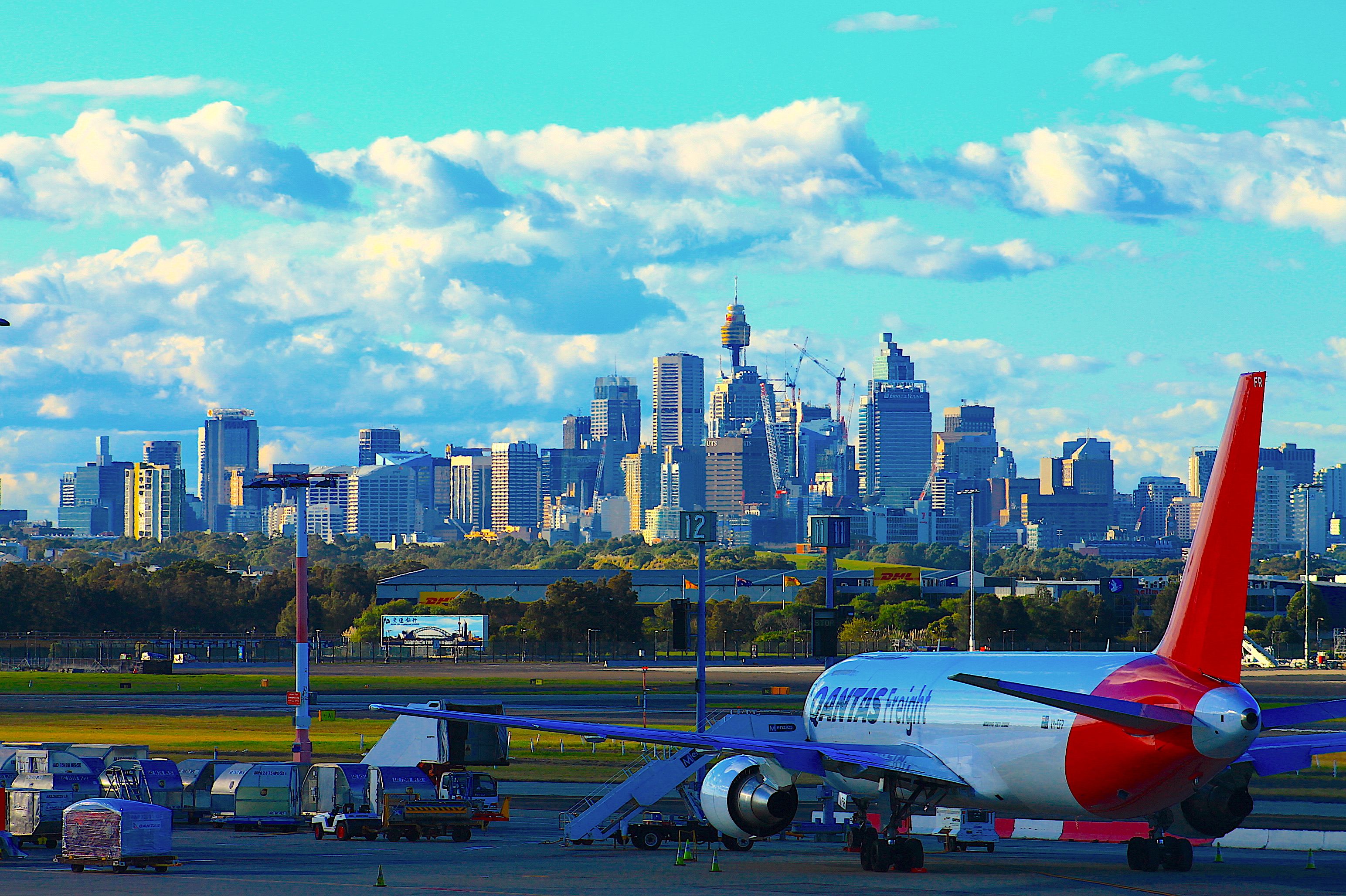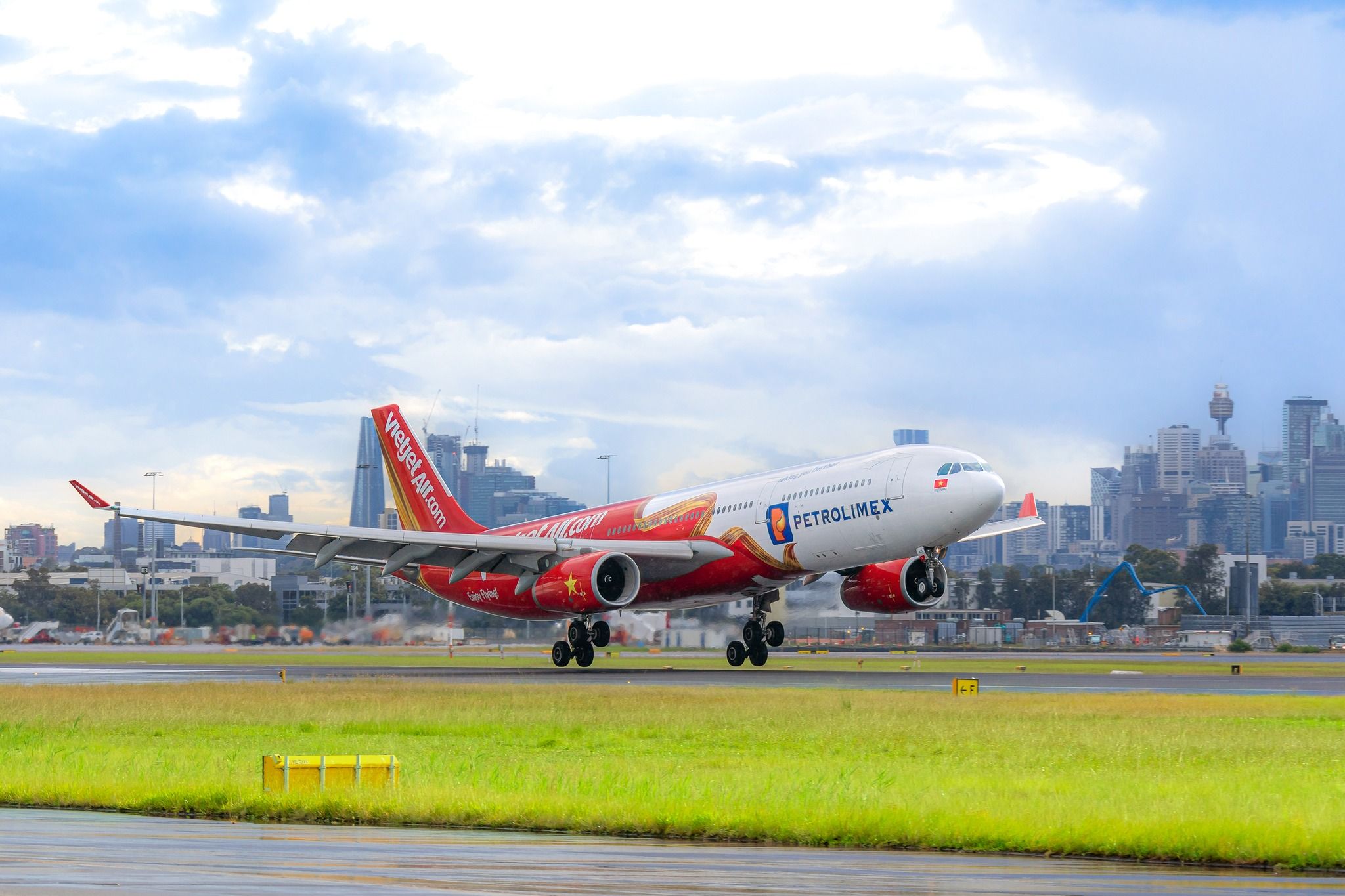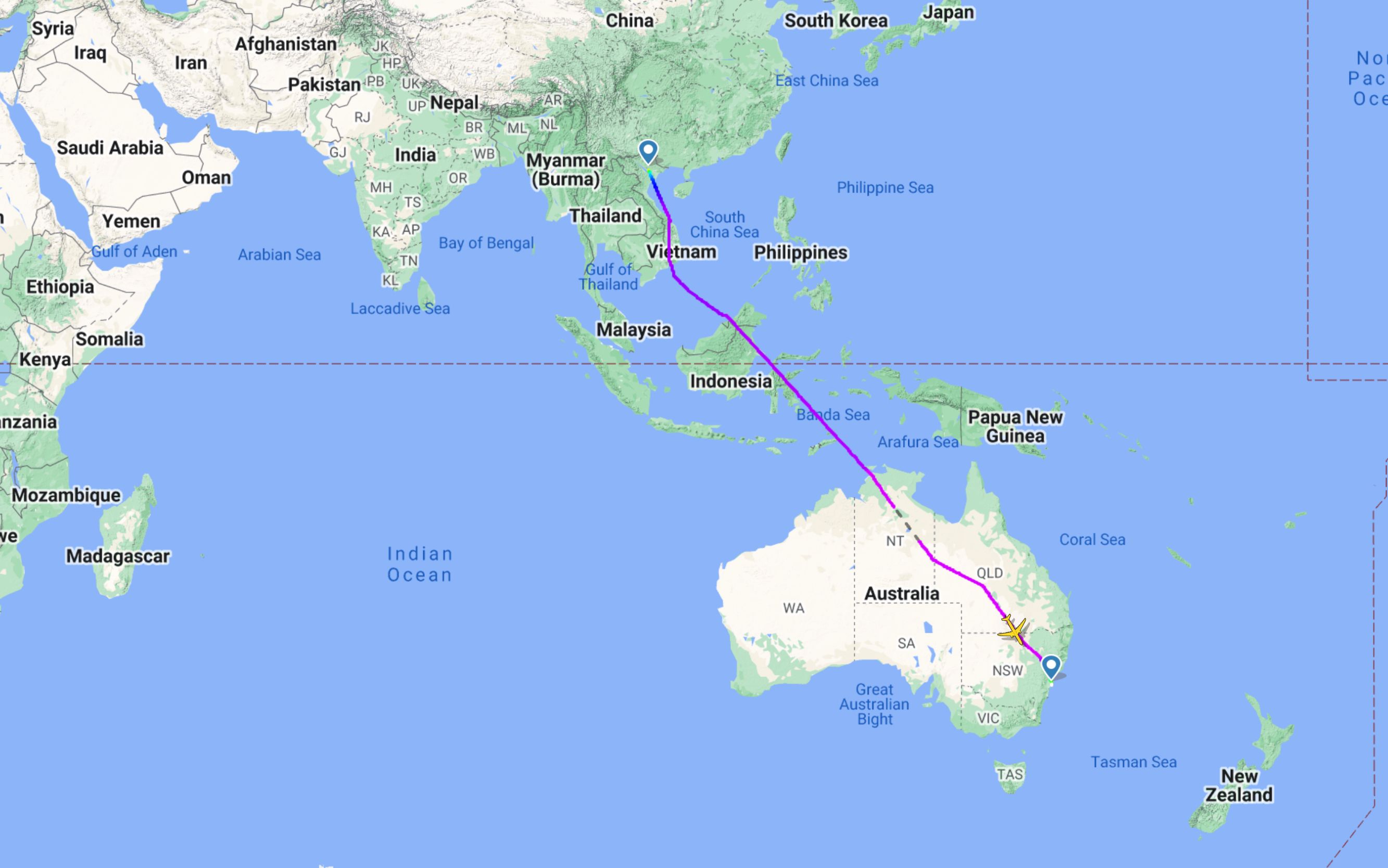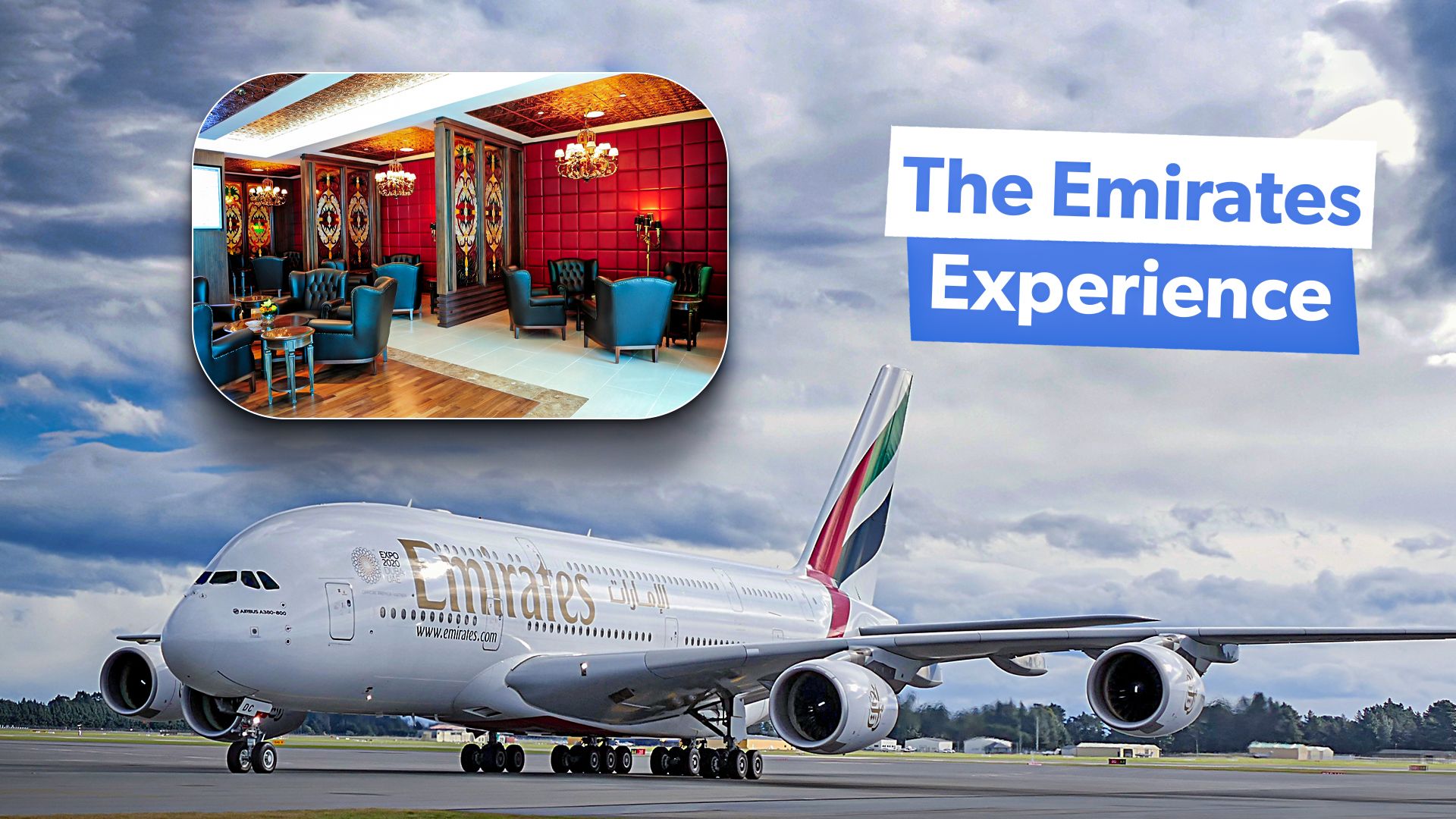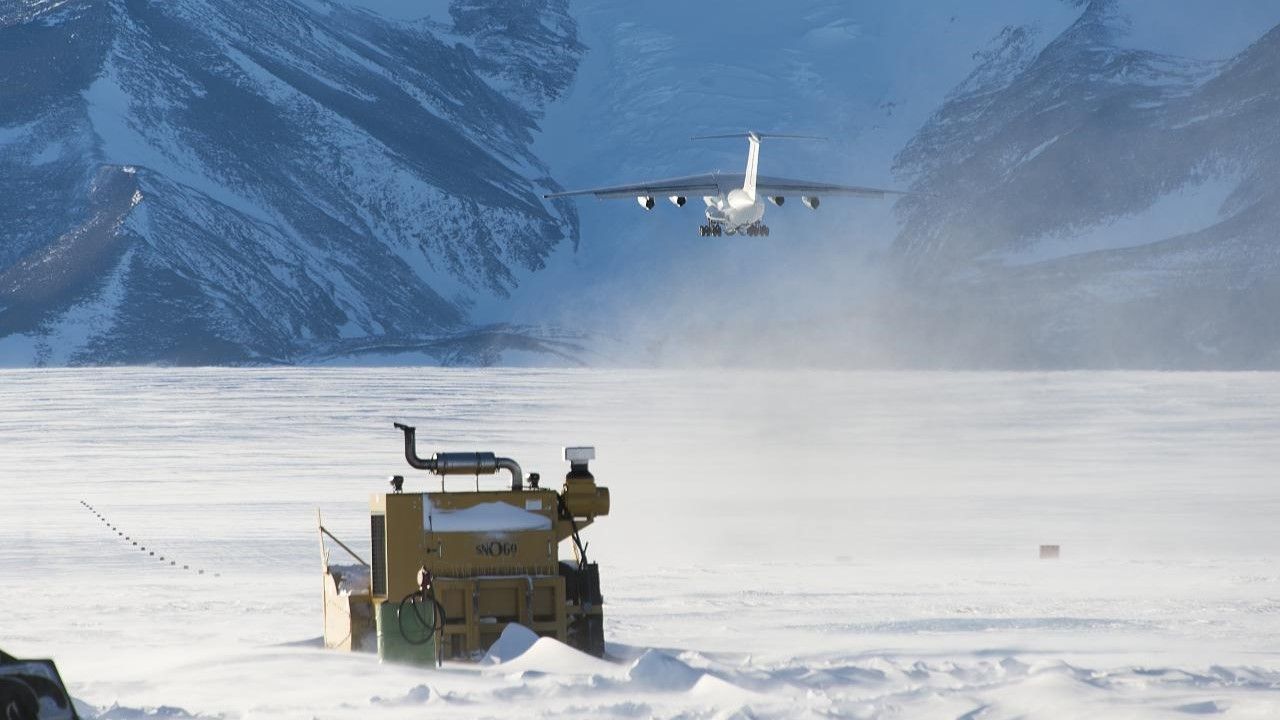Summary
- International passenger traffic at Sydney Airport is recovering more strongly than domestic services.
- The exponential growth in services between Sydney and Vietnam and Sydney and South Korea is driving the increase in international traffic.
- Sydney Airport CEO Geoff Culbert has been advocating for more capacity from airlines to meet the pent-up demand, and recent capacity boosts have led to a surge in overseas travelers.
Almost universally it has been international air travel that has taken the longest to recover from the severe pandemic border restrictions, particularly in the Asia-Pacific region. Airlines and Airports in countries with strong and significant size domestic markets, such as China, Indonesia and Australia, quickly regained that market but not so quickly with international travelers.
Domestic traffic has flatlined in Sydney
An interesting case in point is Australia’s main international gateway, Sydney Kingsford Smith Airport, now seeing international passenger traffic recovering more strongly than domestic services. In August 3.25 million passengers passed through Sydney Airport, a growth of 22% year-on-year but still 11.4% fewer than the 3.67 million it handled in August 2019.
Photo: Eigenblau | Shutterstock
In August, 1.23 million international and 2.02 million domestic passengers went through Sydney Airport, which compared to August 2019, represented recovery rates of 89.7% and 88%, respectively. It was the second consecutive month that international traffic recovery to pre-pandemic levels was stronger than domestic operations recovery.
One of the key drivers is the exponential growth in services between Sydney and Vietnam and Sydney and South Korea. Travelers holding Vietnamese passports have grown by 29% compared to August 2019, and there are now four airlines with return flights between Sydney Airport and Vietnam, compared to just two in 2019. Vietnam Airlines is leading the way with nine returns per week, followed by newcomer Vietjet with four, Jetstar with three and Bamboo Airways with two per week.
Photo: Vietjet Air
For most of this year, Sydney Airport CEO Geoff Culbert has been advocating for airlines, international and domestic, to add more capacity to capture the unprecedented levels of pent-up demand. Last week he said recent capacity boosts from some international airlines have led to a surge in overseas travelers, especially from countries like Vietnam, South Korea and the Philippines, adding:
“The Vietnamese market perfectly illustrates how strong competition and increasing capacity leads to greater demand. Leading up to the pandemic, Vietnam was our fastest growing market with two carriers offering direct flights.
“This growth has accelerated with newcomers, Vietjet and Bamboo Airways, also operating services between Sydney Airport and Ho Chi Minh City. We now have four airlines offering more than 5,000 seats a week to Vietnam and this increase in capacity has boosted tourism for both countries.”
More growth to come from Asian carriers
Vietnam Airlines operates daily return flights between Sydney and Ho Chi Minh City International (SGN) as well as twice weekly services to Hanoi, the capital city of Vietnam, located in the north of the country. The majority of these flights are operated by the airline’s fleet of 14 Airbus A350-900s, including last Friday’s Flight VN787.
That service was flown by a 2016 A350-900, registration VN-A891 and MSN 067, that departed Hanoi Noi Bai International (HAN) an hour late at 00:37 and landed in Sydney at 12:38 yesterday after a nine-hour flight.
The Airbus A350 then departed at 14:34 and arrived in Hanoi at 20:58 and today is operating a return service between Hanoi and Melbourne International Airport (MEL). According to Flightradar24.com, Vietnam Airlines has a widebody fleet of 32 aircraft, including 11 Boeing 787-9 Dreamliners, seven 787-10s and 14 Airbus A350-900s.
Of Sydney Airport’s Top 10 markets, only four have exceeded 2019 levels, led by South Korea at (+44%), Vietnam (+29%), the Philippines (+13%) and the United States (+1%). After Australians, the most passengers in August were from China, followed by New Zealand, the US, South Korea, the United Kingdom, India, Japan, the Philippines and Vietnam.
While Chinese passengers are the second highest, the traffic is still 33% less than in 2019, so there is plenty of upside to come from that market now that group travel is available from China.
Source: Flightradar24.com

